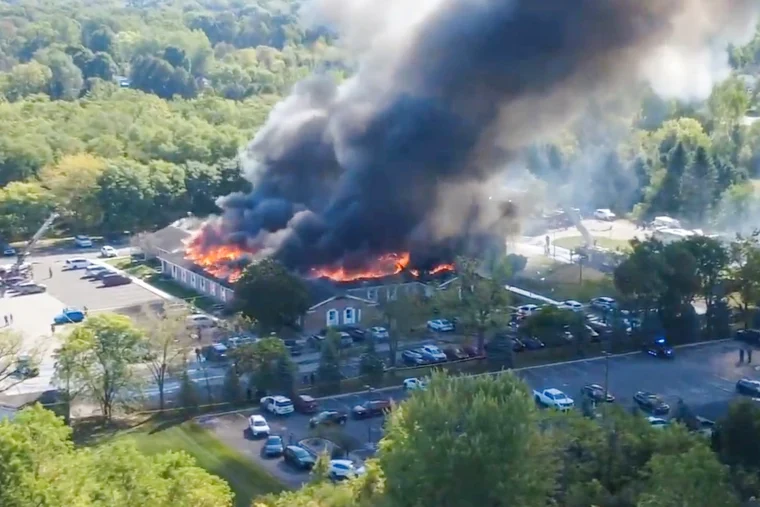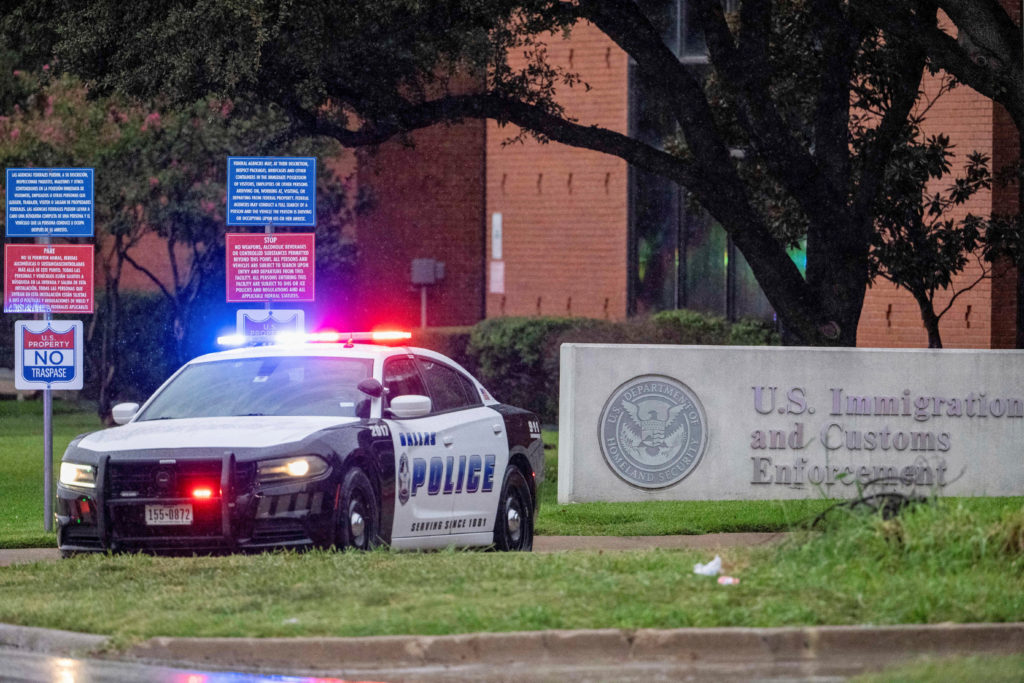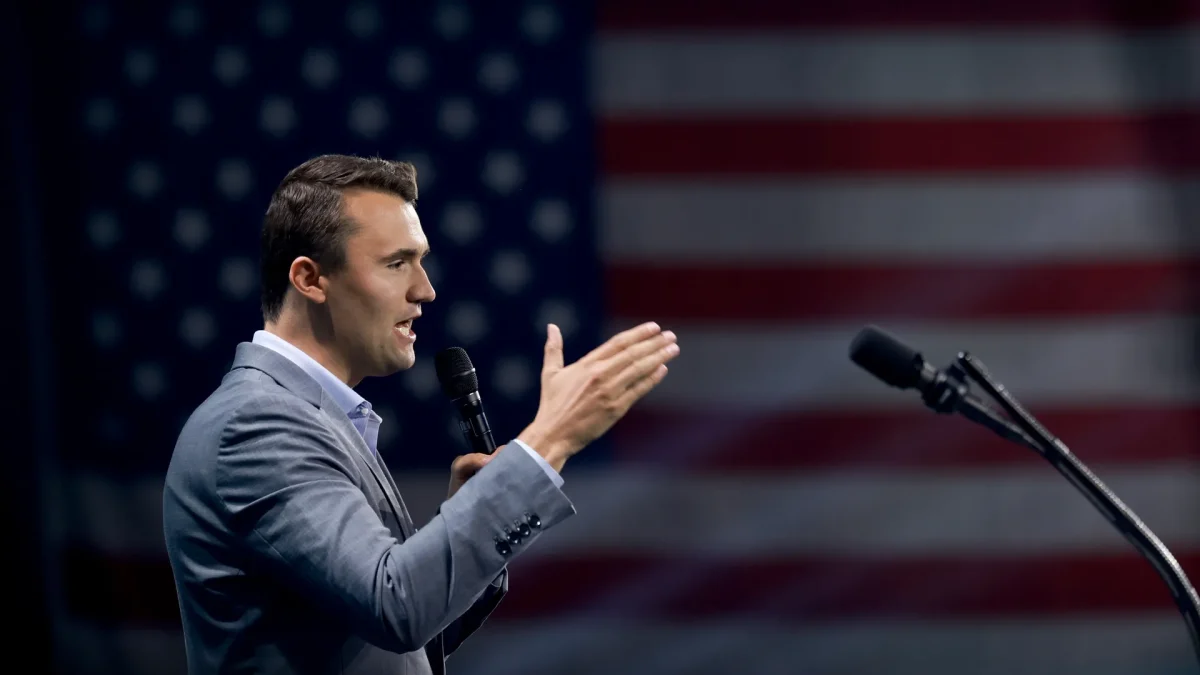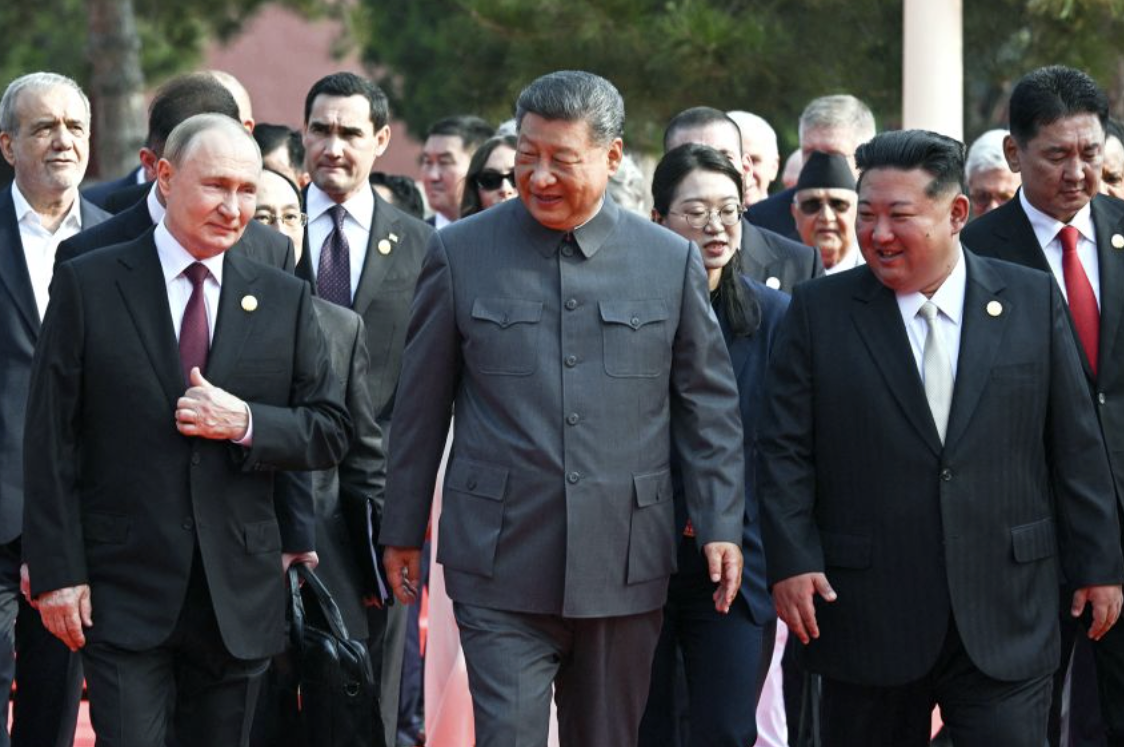The pews of a Michigan church, once filled with prayer and song, became the scene of chaos and grief on the Sunday morning of September 28. A gunman’s attack left four worshippers dead, eight injured, and a faith community shattered. Survivors describe running through smoke and flames, clinging to loved ones, and watching in horror as a place of sanctuary was transformed into a battlefield.
During a morning service at the Church of Jesus Christ of Latter-day Saints in Grand Blanc Township, Michigan, a shooter rammed his truck into the church building before opening fire inside. Carrying containers of gasoline, he set fire to the sanctuary as congregants scrambled to escape. The blaze quickly engulfed much of the church, making rescue difficult. Police and firefighters arrived within minutes, but heavy smoke and flames complicated entry.
Four worshippers were killed, some from gunshots, others from fire and smoke inhalation. Eight more were wounded, several in critical condition. Among the dead was John Bond, a Navy veteran and beloved grandfather, remembered by his family as a pillar of faith. Survivors remember scenes of panic, prayer, and desperate attempts to help others escape amid the chaos. The congregation is mourning both lives lost and the destruction of their sacred space, holding vigils and memorials across Michigan, drawing large crowds and reflecting solidarity within the Mormon community.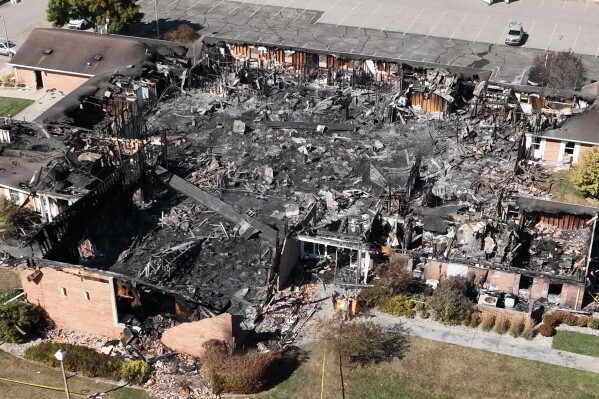
The gunman was identified as Thomas Jacob Sanford, age 40. Sanford was a former Marine, honorably discharged, but later struggled with personal issues. Neighbors reported he had recently displayed erratic behavior and anger toward religion, claiming he had expressed anti-Mormon hatred, calling the faith “the antichrist.” Investigators are probing his social media activity and past military service for signs of radicalization. Sanford was killed in an exchange of gunfire with police inside the church.
Authorities are labeling the incident as targeted religious violence as the FBI assists local law enforcement in examining potential hate crime charges posthumously. Officials are reviewing emergency response times and security gaps at the church as forensic teams continue working through the charred ruins of the building to gather evidence.
The attack adds to a growing list of mass shootings at places of worship in the U.S. over the past decade. Faith leaders from across denominations have called for unity and stronger safeguards for congregations as political leaders in Michigan and nationwide spoke out on the attack, condemning it as an assault on religious freedom.
In the wake of such senseless violence, one truth has already begun to shine through the devastation: faith communities endure. While this congregation mourns its losses, it also leans on prayer, resilience, and one another—proving that even in tragedy, light can survive the darkness.

